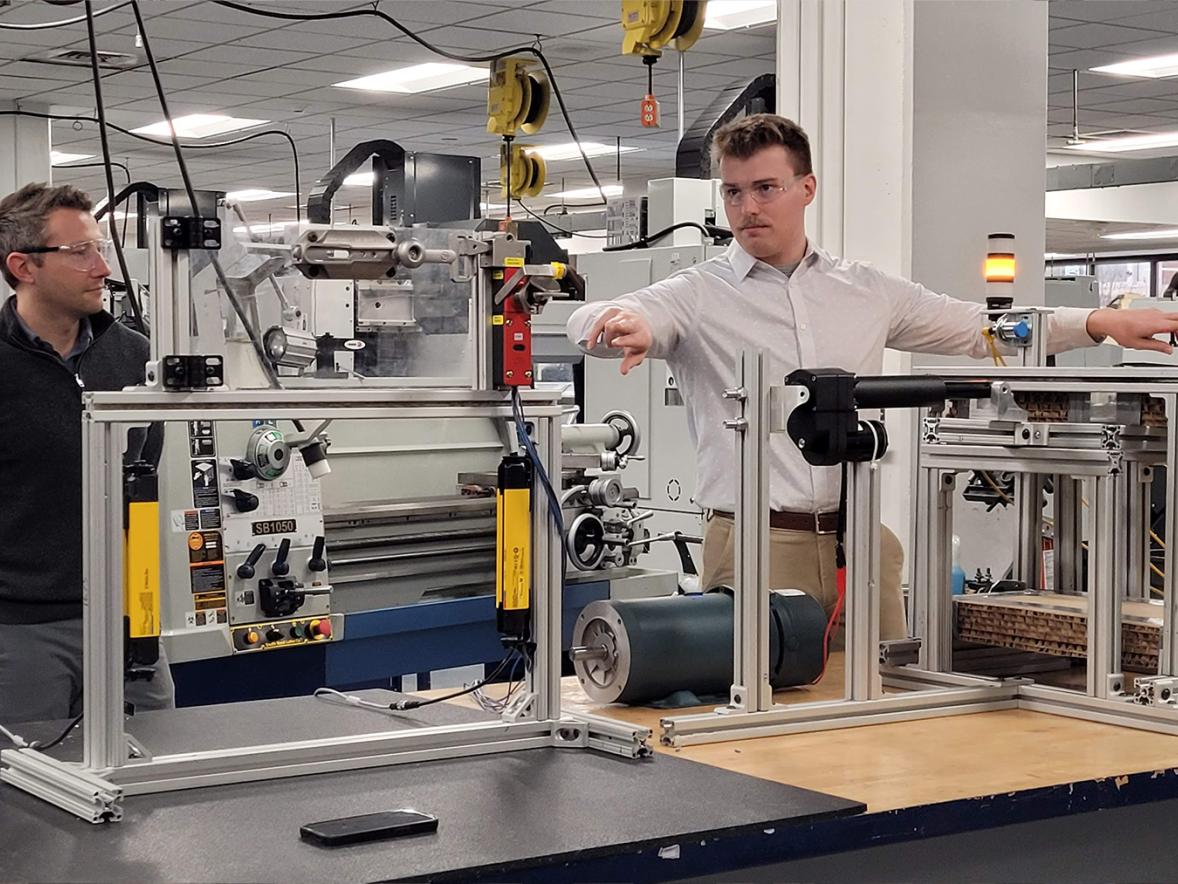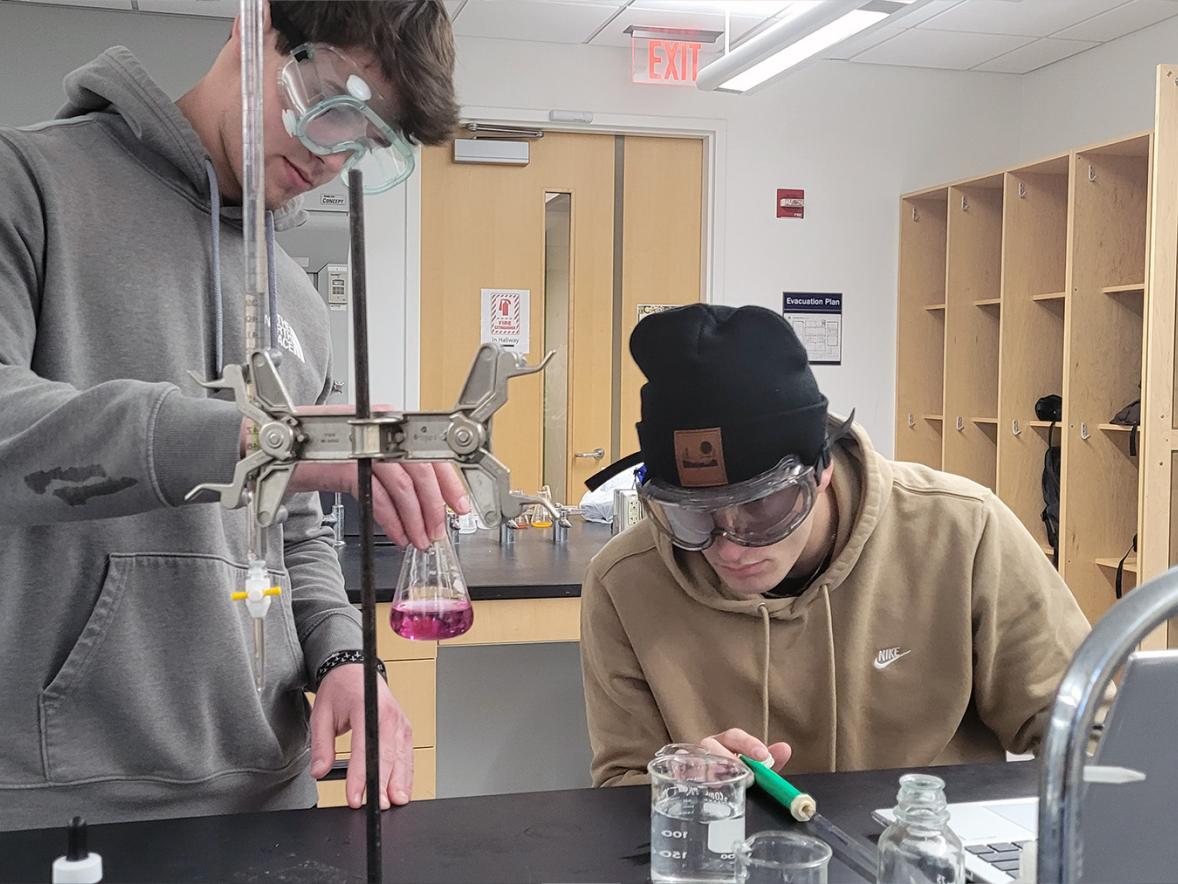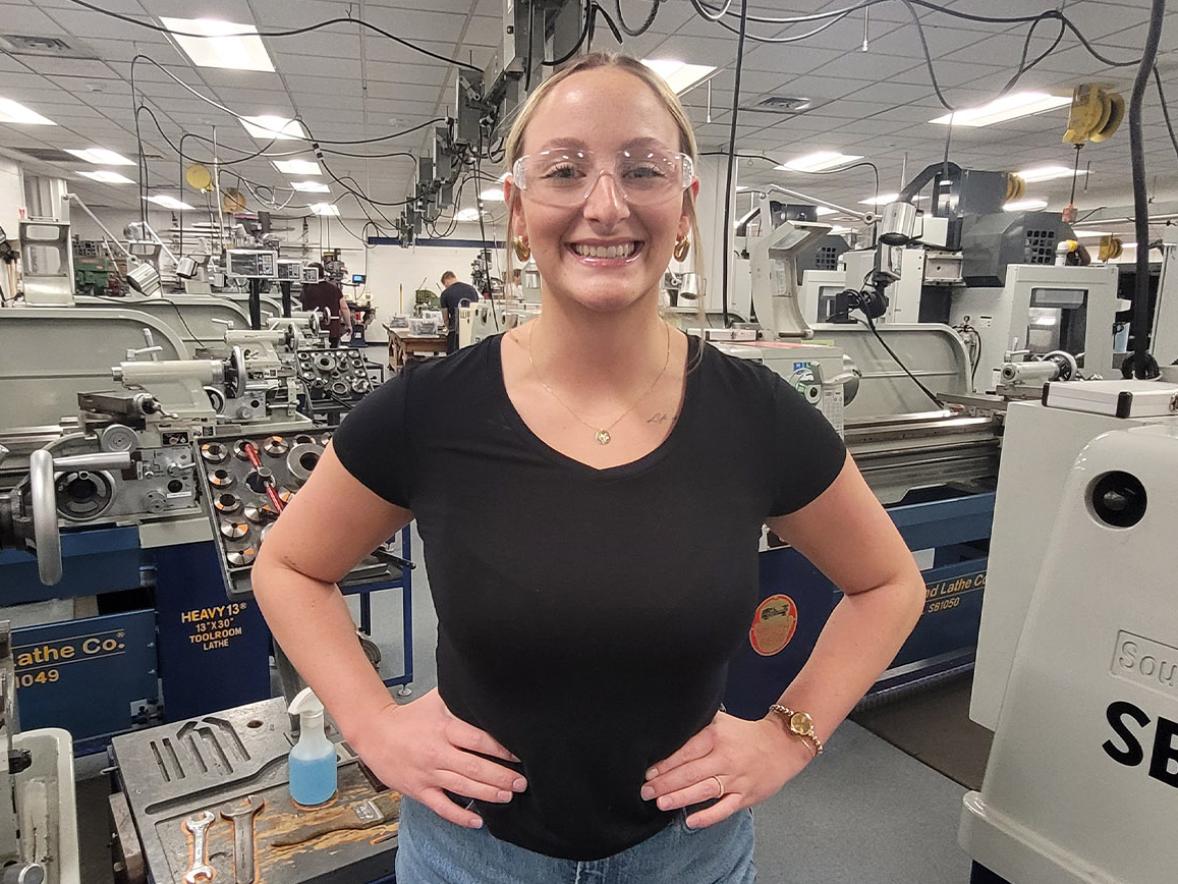
What is the color of time? Could a snowplow be run by remote control? What do the microscopic structures of mushrooms look like?
Find out the answers to these questions and learn much more from students in UW-Stout’s College of Science, Technology, Engineering Mathematics and Management. They will be on hand to display their research at the biannual STEMM Expo from 1 to 3 p.m. Thursday, Dec. 13, in the Great Hall and ballrooms of the Memorial Student Center.
A total of 115 research posters and projects, involving more than 300 students, will be on display with students on hand to discuss them.
Examples of other research projects include adjustable height rotating cupboards, violence against women in fashion ads, a wheelchair that climbs stairs, a computer mouse that can be operated by tongue, a bionic hand, a Bluetooth pillow alarm and research on Alexa Irene Canady, the first African-American neurosurgeon.
UW-Stout’s STEMM College offers 18 undergraduate and eight graduate programs. The college includes seven departments and the Robert F. Cervenka School of Engineering.
###
Photo
A student discusses her fashion research at a recent STEMM Expo at UW-Stout.







